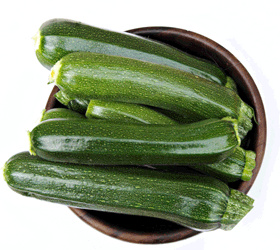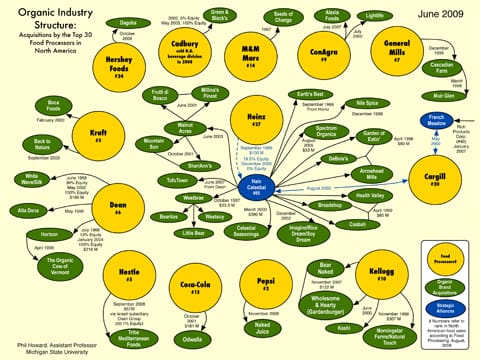
As we have learned in this class, although it seems as if organic foods cost more than conventional foods the hidden costs of conventional foods make conventional food much more expensive than organic foods. But why is the face value of organic foods higher than conventional food? Well keep reading and you will find out.
Here's are the reasons why organic food costs "more" than conventional food:
1. In the organic market the demand is higher than the supply.
2. There are generally higher production costs for organic food.
3. The handling of organic food after they are harvested costs more than the handling of conventional food.
4. The marketing of organic produce is inefficient because of the small quantities of organic produce that are sold.
5. The organic farmers' efforts to protect the environment result in higher costs.
6. It costs more to have the animals live in humane conditions.
Now we all need to stop complaining about the high costs of organic food and start complaining about the hidden costs involved in conventional foods.
Check this out if you want to know more about where your money goes when you buy organic food.
-Quinn Rhodes
 +
+














